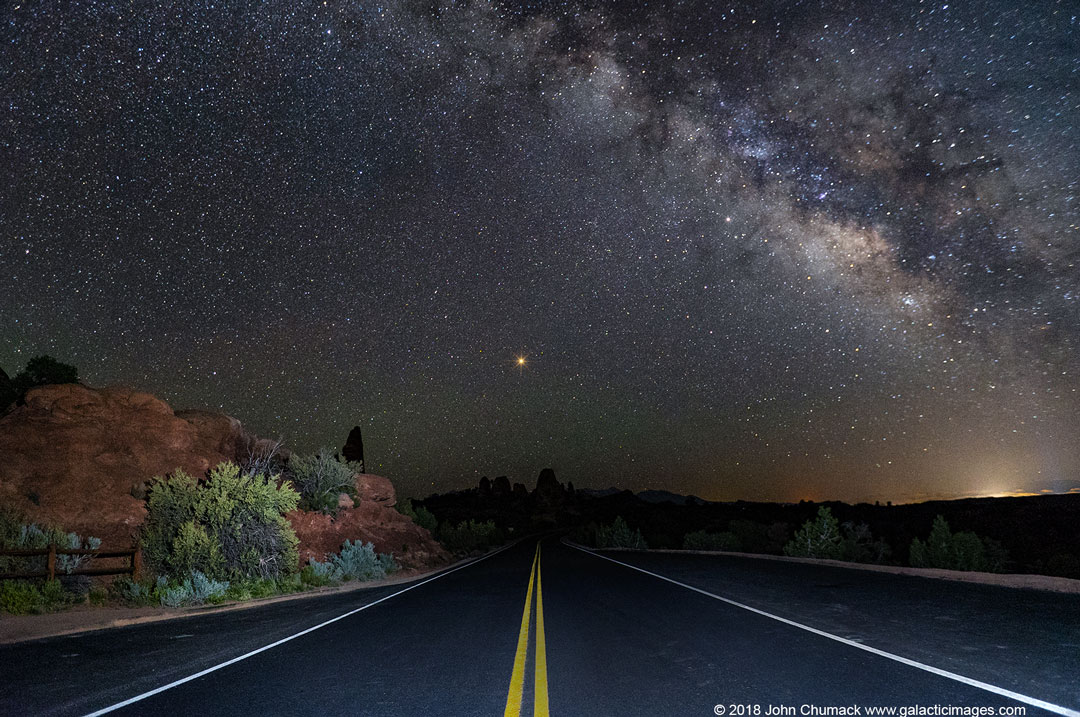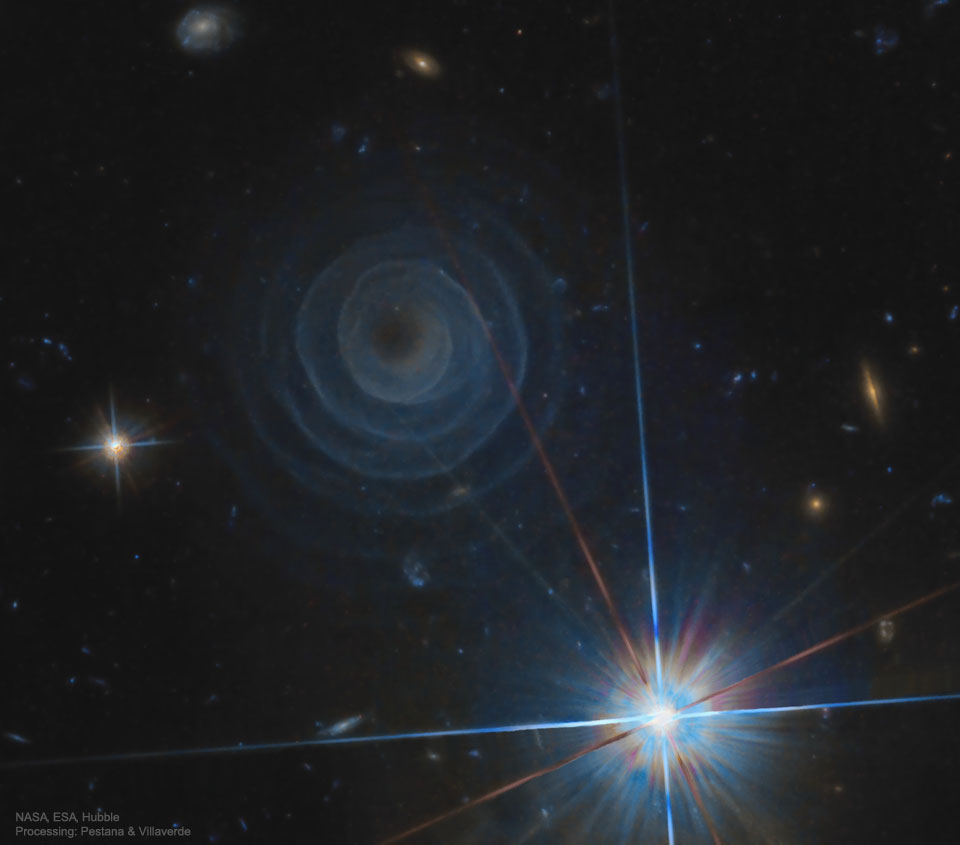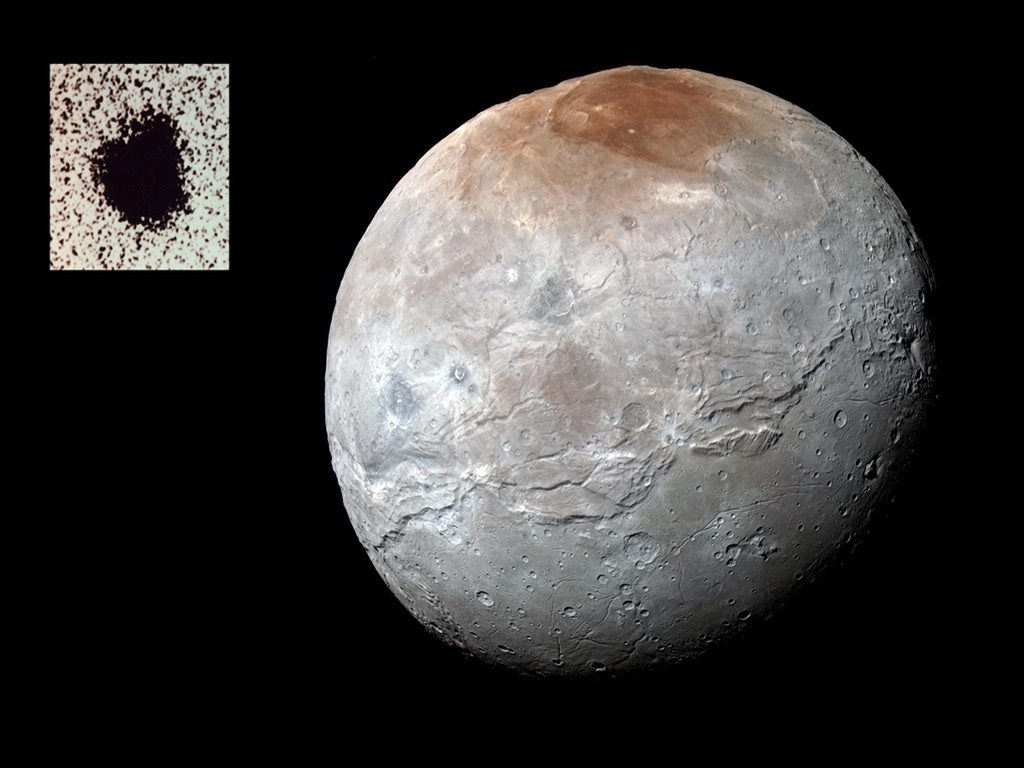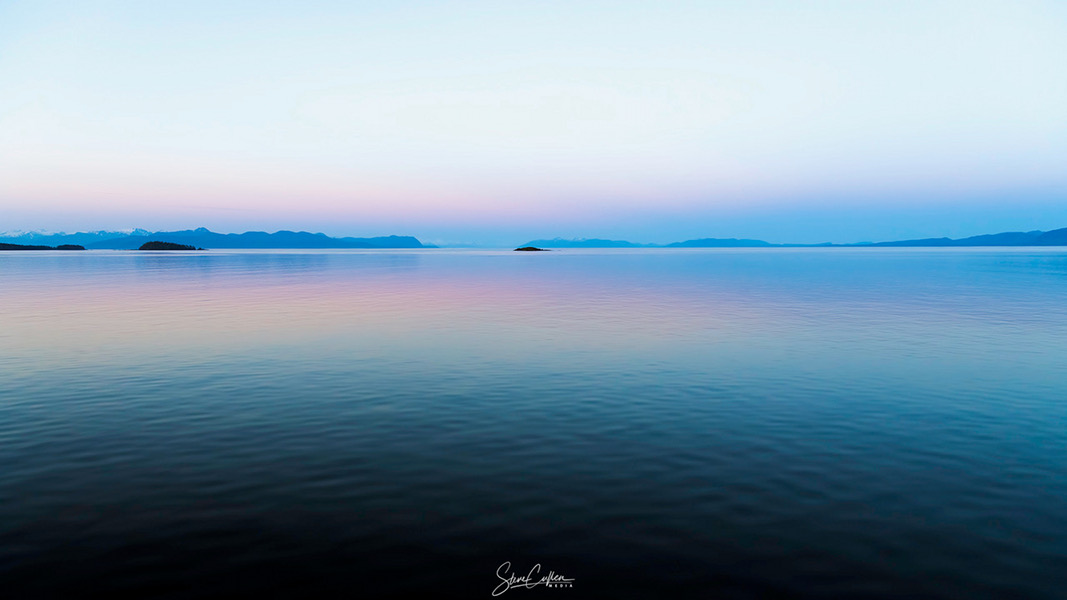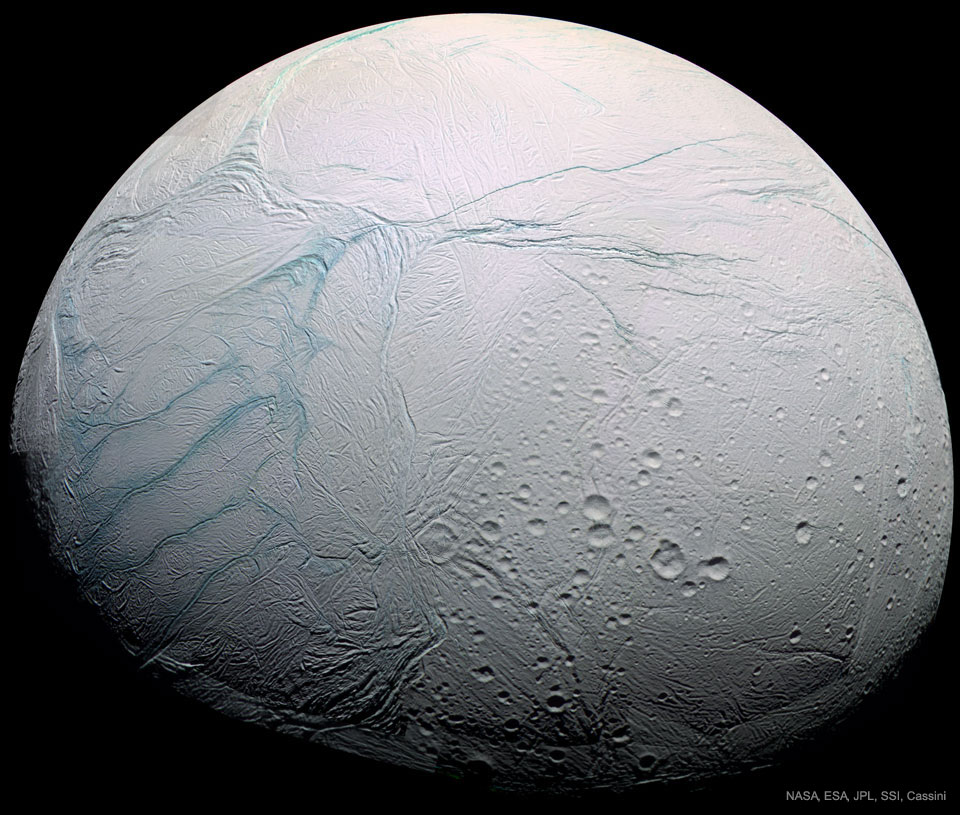
Le 27 juillet 2018 restera dans les annales astronomiques comme la nuit où une éclipse totale de Lune a eu lieu au moment où Mars était au plus près de la Terre : un spectacle prodigieux, à ne manquer sous aucun prétexte.
Le ciel de juillet sera, comme ce mois de juin, dominé par les planètes : Vénus au couchant, puis Jupiter en début de soirée, enfin Saturne et Mars au cœur de la nuit... Une magnifique et brillante horlogerie cosmique, réglée par le tic-tac plus rapide de la Lune, qui croisera Vénus le 15 et le 16, Jupiter le 20, Saturne le 24 et enfin Mars... le 27 juillet.
Sauf que par un extraordinaire hasard du calendrier cosmique, cette nuit du 27 verra la Pleine Lune, totalement éclipsée, luire aux côtés de la planète Mars, qui brillera alors d'un éclat exceptionnel. En effet, Mars sera alors au plus près de la Terre, à seulement 57 millions de kilomètres, ce qui n'arrive que tous les quinze ans. La magnitude - c'est-à-dire l'éclat, dans le langage des astronomes - de Mars sera de -2.8, l'astre, véritable rubis céleste, brillera plus de dix fois plus que les brillantes étoiles qui l'environnent, comme Antarès, Altaïr, Arcturus, Véga ou Deneb.

